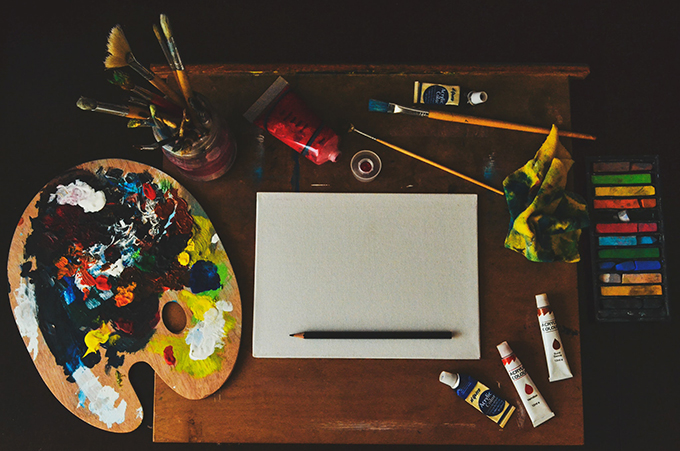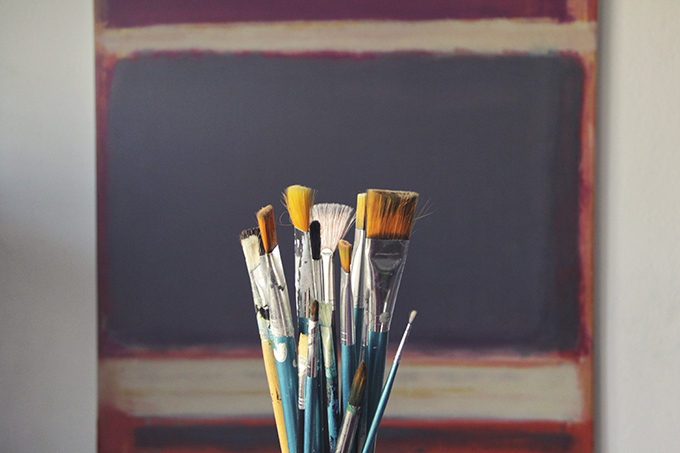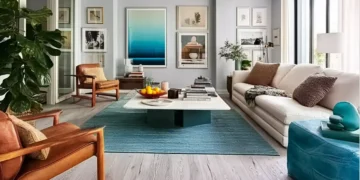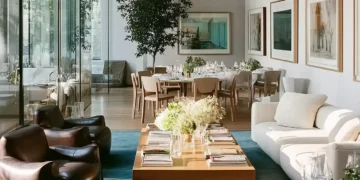
If you have an artistic side, and you’d like it to flourish, then you’ll need to create an appropriate space at home. An artwork studio where you’ll be able to follow your muse free from interruptions, and where you’ll get constant inspiration from your surroundings.
Take the right approach, and creating such a space is easier than you might think!
Dividing a Space
If you’ve only got a limited space to pursue your art, then you’ll need to partition off an existing part of your home rather than setting aside an entire room. Take over a corner of your living room or bedroom, and set up a room divider so that you won’t be distracted by other people who might be using the room. For total isolation, track down a pair of quality wireless headphones.
Converting a Space
Another potential solution might come in the form of an existing cupboard already present in your artwork studio – one that’s large enough to accommodate a chair and an easel. For many of us, this is all that’s required to create quality artwork. If your needs are greater, then you might look to converting a slightly larger space, like an attic or a garage. If you are actually in need of a bigger space, make sure art is also part of your income.

Creating space for tools In Your Artwork Studio
To get your artwork done to a high standard, you’ll want easy access to all of your tools. That might mean paints, brushes, pencils and sharpeners. Certain styles of artwork might require the use of more esoteric and precise tools, like spray-canisters and callipers from high-end stores like RS Components. When you make this kind of investment, it’s especially important that you keep it protected and safe.
Whatever the tools of your trade, it’s important that they’re within reach, and that they can be stowed away conveniently. After all, if your space is untidy, then so too will your workflow be. Invest in a quality storage solution, and get everything labelled and divided up. The results are often worth the investment. If you’re standing up and walking around as you work, then you should also consider a pouch for the tools you use most often.
Getting the right lighting
The lighting in your artwork studio should be such that you’re able to work comfortably, and that’ll simulate the conditions that your work will be viewed under. That means bright, efficient LED ceiling lights, along with a moveable lamp that can be easily manoeuvred for fine-detail work. It’s best to opt for stark, neutral-coloured lighting. You can find out more about the available options.
Decoration
Your art studio shouldn’t just provide a clean and tidy space to work in: it should also provide a little bit of inspiration. That often means wall decorations. The works of other artists from whom you take inspiration can make great decorations – provided that you don’t make things too busy. You might also wish to include a few of your own works, so that you can see how far you’ve come! You might also wish to include a few of your own works, so that you can see how far you’ve come! Go through your analog photographs by digitizing them first by using a service such as Everpresent and pick out the best ones for your walls.
The way that your studio is decorated is just as personal a choice as any you make in your art, so don’t be afraid to experiment until you’ve created an environment in which you can be comfortable.


















